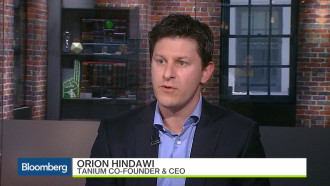 The killer reason why companies are upgrading to Windows 10 is the improved security functions, according to beancounters at Gartner Group.
The killer reason why companies are upgrading to Windows 10 is the improved security functions, according to beancounters at Gartner Group.
The analyst outfit said that it took a long time for Windows 10 to start driving PC sales but the channel has witnessed the impact of the OS upgrades triggering hardware sales since the last quarter of 2016.
Gartner noting that the adoption of Windows 10 is faster than previous OS versions and the traditional refresh cycles are shortening. Ranjit Atwal, research director at Gartner said: “Organisations recognize the need to move to Windows 10, and the total time to both evaluate and deploy Windows 10 has shortened from 23 months to 21 months between surveys that Gartner did during 2015 and 2016.
“Large businesses are either already engaged in Windows 10 upgrades or have delayed upgrading until 2018. This likely reflects the transition of legacy applications to Windows 10 or replacing those legacy applications before Windows 10 migration takes place”.
The analyst house has found that security improvements are the top attraction for those migrating as well as the cloud integration capabilities offered by the OS.
But there are also technical problems with some users being driven to upgrade to make sure they can use the latest desktop and server processors. Meike Escherich, principal research analyst at Gartner said: “Respondents’ device buying intentions have significantly increased as organizations saw third- and fourth-generation products optimized for Windows 10 with longer battery life, touchscreens and other Windows 10 features. The intention to purchase convertible notebooks increased as organizations shifted from the testing and pilot phases into the buying and deployment phases.”
Figures from last month from Netmarketshare revealed that Windows 10 holds a 25 percent market share, which is still lagging behind the 49 percentheld by Windows 7. The number of users still using XP and 8.1 has now dipped below 20 percent



















